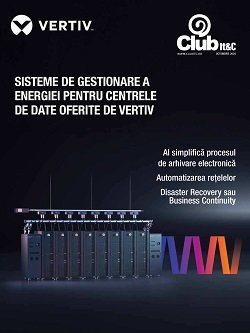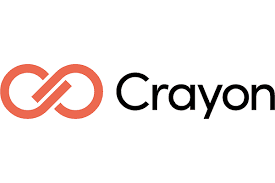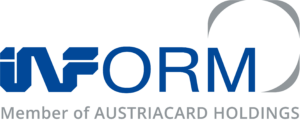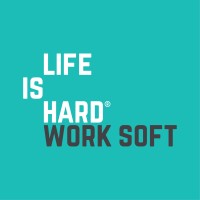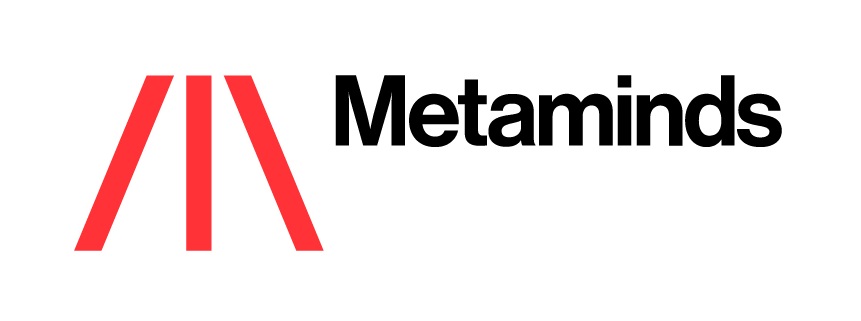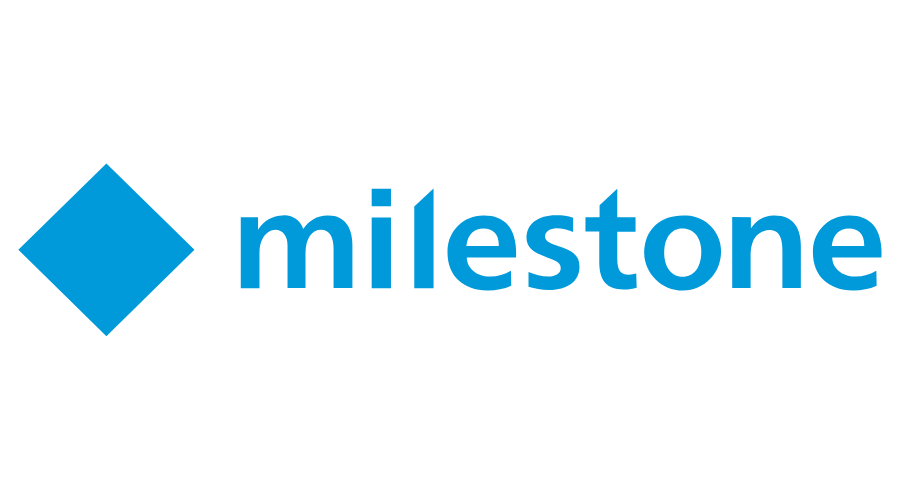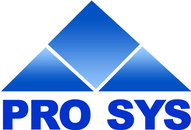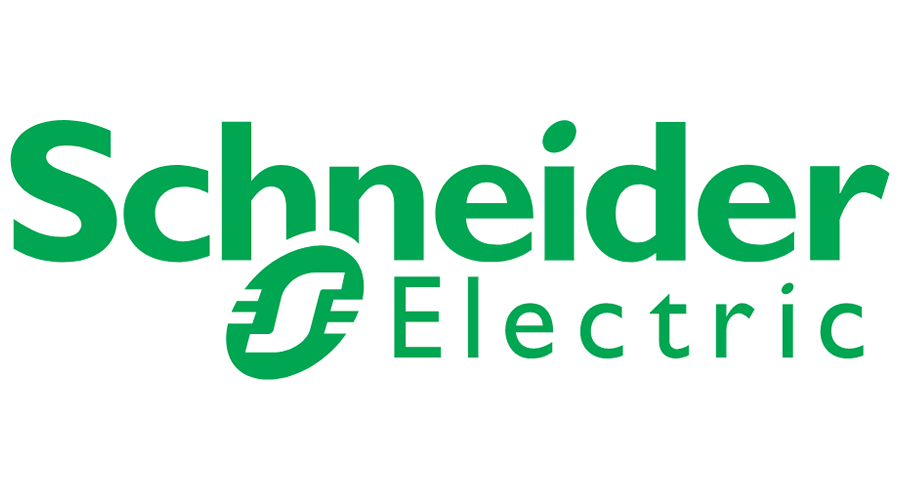Businesses’ readiness to adopt anything-as-a-service1 (XaaS) models has risen dramatically since the onset of the COVID-19 pandemic, with the technology sector leading the way and others gaining momentum.
While today only 9% of surveyed businesses have completed XaaS transformations, most (85%) are at the progress stage – either piloting or operating at scale. This is according to EY report, As-a-Service Business Operations & Transformation: When customers change the way they buy, shouldn’t you change the way you sell?, which surveyed 1,200 organizations to gauge adoption trends of XaaS across industries, updating EY research conducted in 2019.
 Cristian Cârstoiu, Chief Innovation Officer, EY Romania: “The digitalisation forced by COVID-19 has led consumers not only to migrate to the online model, but also to rethink their priorities and the way they interact with public and private services. In Romania, we are also seeing an acceleration of the consumer mindset towards business models that combine necessity with sustainability, others that don’t just sell a product but an ecosystem of integrated services and products, or models that have changed their approach to customers and are ready to invest with them for shared success. What used to be only transactional will migrate to a continuous exchange of information, where both parties will receive and give information in order to improve and provide better and more accurate services to customers or suppliers. Given the major shortage in the Romanian labour market in the area of sales and marketing, we advise Romanian companies to rethink their interaction flow with customers to improve the online and offline experience and understand their needs, as well as suppliers to invest quickly and adapt the organisation towards the optimal business model.”
Cristian Cârstoiu, Chief Innovation Officer, EY Romania: “The digitalisation forced by COVID-19 has led consumers not only to migrate to the online model, but also to rethink their priorities and the way they interact with public and private services. In Romania, we are also seeing an acceleration of the consumer mindset towards business models that combine necessity with sustainability, others that don’t just sell a product but an ecosystem of integrated services and products, or models that have changed their approach to customers and are ready to invest with them for shared success. What used to be only transactional will migrate to a continuous exchange of information, where both parties will receive and give information in order to improve and provide better and more accurate services to customers or suppliers. Given the major shortage in the Romanian labour market in the area of sales and marketing, we advise Romanian companies to rethink their interaction flow with customers to improve the online and offline experience and understand their needs, as well as suppliers to invest quickly and adapt the organisation towards the optimal business model.”
More than half (54%) of responding businesses are prepared to adopt XaaS today, while the number of businesses that are not yet ready has fallen sharply – from 13% in 2019 to just 2%. This is underpinned by overwhelming optimism around the financial impact of XaaS: 67% of respondents say the upside over the next three years will generate US$100s of millions, and 21% expect to generate more than US$1b. Further, 66% believe their valuation will increase by 50% if they transition to XaaS. Overall, the proportion of businesses generating more than 80% of revenues from XaaS is expected to grow, from 3% now to 19% in three to five years.
The seismic shift toward XaaS is being led by three technology sectors: software vendors, platform providers and digital services. Across these core sectors, 16% of respondents say they are “extremely ready” for the shift to XaaS, while this falls to 5% for other sectors. Beyond the more traditional technology businesses, there are a number of sectors that are set to define a second wave of XaaS migration: among them, life sciences/health care (third position) and automotive manufacturers (fourth position) rank in the top five sectors where companies have completed their XaaS transformation.
Migration to consumption models and outcomes pricing
With the market maturing at such pace, businesses are increasingly migrating from basic subscriptions to consumption-based models and outcomes pricing. While 60% of all organizations surveyed are currently using subscription models to charge for XaaS offerings, 52% intend to shift to consumption models in the next three to five years – driven largely by the appeal of a more predictable revenue stream.
This evolution has led to a shift in priorities for businesses across industries. In 2019, the leading challenges to XaaS transformation were communicating the value proposition and defining solutions. Today, the biggest hurdles relate to building integrated product strategies and taking XaaS offerings to market – including defining the route to market, training and incentivizing sales teams, and marketing XaaS offerings to different segments.
Staying ahead of changing consumer behaviors
As companies shift from traditional subscription pricing toward usage-based models (69% of respondents), they are seeking to better align with modern buying behaviors and the value delivered by their products.
In order to succeed in operating XaaS models, the survey finds that go-to-market enablement (46%), billing and payments (44%), and finance and accounting (42%) are the top three processes that require significant or large transformation. Further steps being taken to prepare for XaaS include setting up customer success functions to drive adoption and expansion of XaaS models (undertaken by 86% of organizations surveyed), while 35% have set up a new legal entity or tax structures in order to support their transformation programs.

